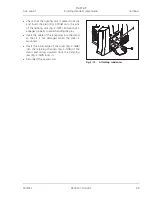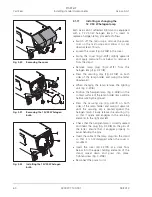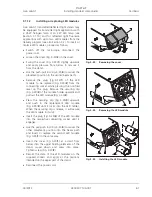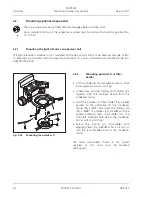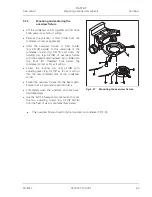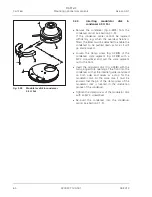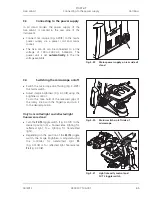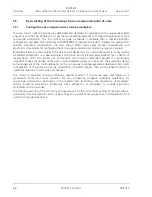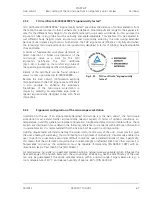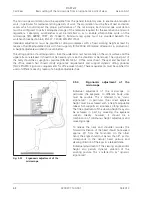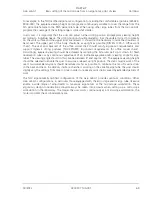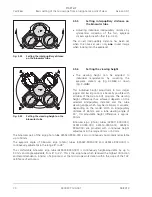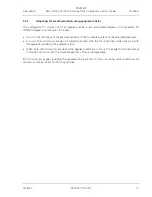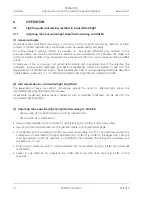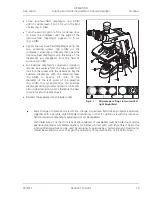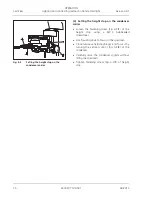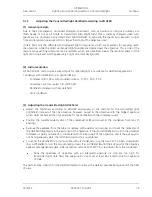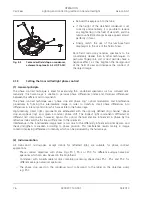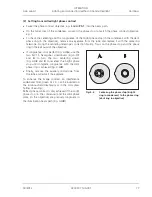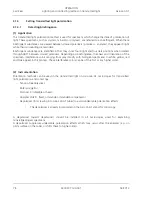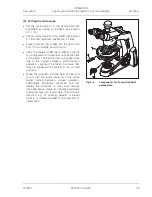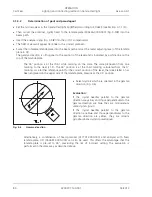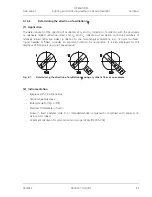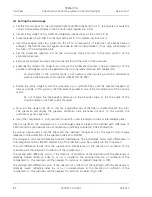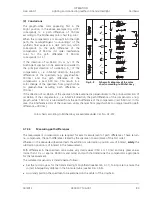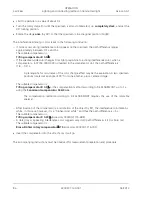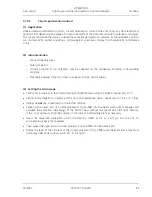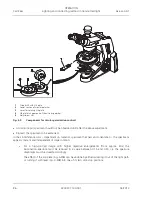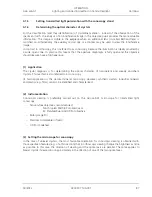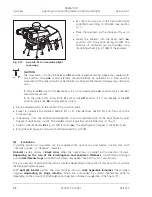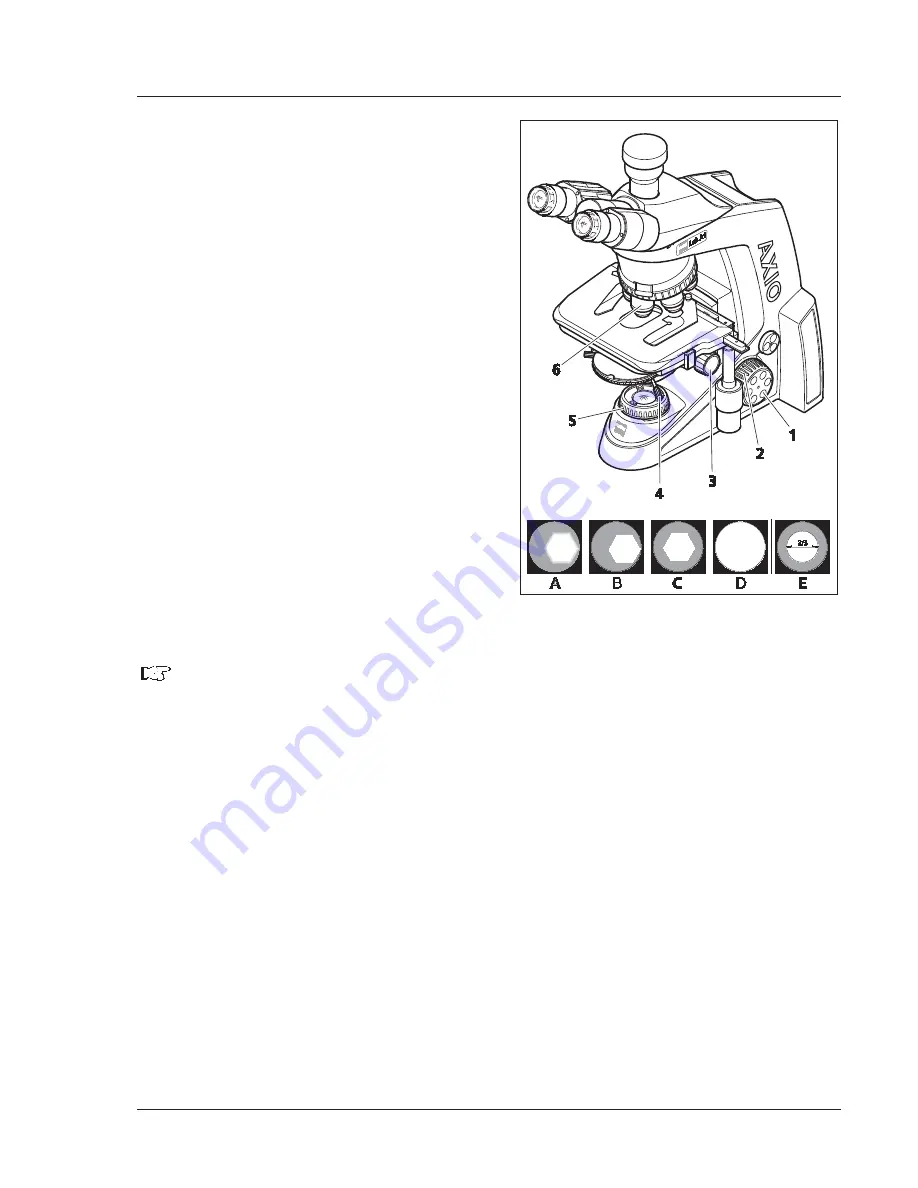
OPERATION
Axio Lab.A1
Lighting and contrasting method in transmitted light
Carl Zeiss
04/2013 430037-7144-001
73
x
Close luminous-field diaphragm (Fig.
4-1/
5
)
until it is visible (even if not in focus) in the field
of view (Fig. 4-1/
A
).
x
Turn the vertical control of the condenser drive
to lower the condenser until the edge of the
luminous-field diaphragm appears in focus
(Fig. 4-1/
B
).
x
Center the luminous-field diaphragm using the
two centering screws (Fig.
4-1/
4
) on the
condenser carrier (Fig. 4-1/
C
) and then open the
luminous-field diaphragm until the edge of the
diaphragm just disappears from the field of
vision (Fig. 4-1/
D
).
x
For aperture diaphragm adjustment (contrast)
remove an eyepiece from the tube socket and
look into the socket with the naked eye. Set the
aperture diaphragm with the adjusting lever
(Fig. 4-2/
4
) to approx. 2/3
...
4/5 of the
diameter of the exit pupil of the objective
(Fig. 4-1/
E
). In most applications, this aperture
diaphragm setting provides optimum contrast at
almost ideal resolution, and is therefore the best
compromise for the human eye.
x
Reinsert the eyepiece into the tube socket.
Every change of objective will result in a change in specimen field size and objective aperture,
together with a possible slight change in centering, so that for optimum results the luminous-
field and aperture diaphragm adjustments must be repeated.
With objectives < 10x the front lens of the condenser (if swivelable) must be folded out and the
aperture diaphragm completely opened. For better contrast with such large object fields, the
luminous-field aperture can be used by reducing its aperture by a certain amount. Overclosing
should be avoided so as not to impair the uniformity of the illumination of the field of view.
Fig. 4-1
Microscope settings in transmitted
light brightfield

